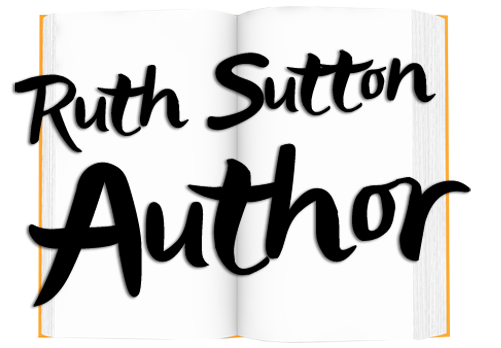I’m writing historical fiction set in the region where I live, in the mid-twentieth century and therefore within living memory. I have also chosen to incorporate real events as the backdrop for my characters’ lives. I don’t regret this choice: it has added authenticity and genuine excitement to the story, but it has generated ethical as well as technical questions.
Here’s the first example. In August 1947 104 men and boys were killed in an underground explosion at the William pit in Whitehaven. This event was part of the ‘backdrop’ of my second novel ‘Forgiven’ in which a mining family, the McSherrys from Kells, played a leading part. Violet McSherry and her daughter Maggie Lowery were both screen lasses at the Haig pit, and Frank McSherry was confined to a wheelchair by a previous mining accident. Violet’s brother Tom worked at the William Pit, on the shift that was below ground when the explosion occurred. I wanted one of my characters to be involved, but could Tom be one of the men who was killed? No, I decided, he could not. The families of those killed still live in the area. A book called ‘104 men’ chronicled the lives of each of the victims. I could not ‘borrow’ the identity of any of these people, or add Tom to the list as the 105th victim, without risking offence. Instead, I added Tom to the small group who managed to escape the explosion and walked out of the pit unharmed 20 hours later. This device gave me the opportunity to tell the story from the POV of a survivor, and the story of the men’s survival was fascinating in itself. This story has been widely read and enjoyed locally, and to date no one has questioned my decision to blend fact and fiction in this way.
In Part 3 of the trilogy ‘Fallout’, a similar issue has arisen, and I am still pondering the best course of action before the book is complete and published. This time the setting is the Windscale nuclear plant in Cumbria where the world’s first nuclear fire occurred in October 1957. The events have been exhaustively documented in recent years, although many of the details were not published at the time for political reasons. One of the principal characters is a fictional physicist Lawrence Finer, seconded to Windscale from Harwell, the nuclear research establishment near Oxford. Finer is present as the fire in the reactor starts, threatens to destroy the reactor and is finally extinguished. He is spoken to by men who were ‘really’ there, including Tom Tuohy the Deputy Works manager at the time who was instrumental in ‘saving the day’. I have put words into his mouth, and into the mouths of three other ‘real’ people, based on my detailed research into exactly what was said and done at the time. It makes for an exciting blend of fact and fiction, but is it acceptable?
My editor Charlotte Rolfe is on the case, and has already consulted a publishing lawyer, who has read the relevant chapters and believes that they are OK: the ‘real’ characters are in the background, not the foreground; nothing that they say or do is detrimental to their reputations – in fact quite the opposite; what they say is consistent with the known and documented facts. He also, by the way, said that the chapter describing the fire was ‘rivetting’ which I was chuffed about.
I wonder if other historical novelists struggle with these questions? I wonder if I should give first sight of the ms before publication to the relatives of the four men named in my story, out of respect and politeness, even though technically and legally the ms is not a problem. I want to do the right thing, and I also believe that a fictional account of what happened at that momentous time is worth telling.
Ironically, on this very day, Sellafield nuclear plant is partly closed due to an apparent radiation leak, and the issue of nuclear safety is on our minds yet again.

Recent Comments